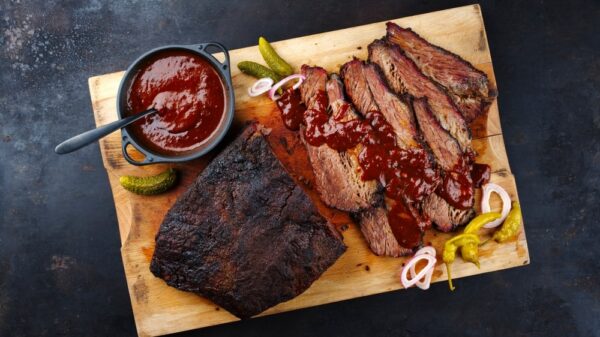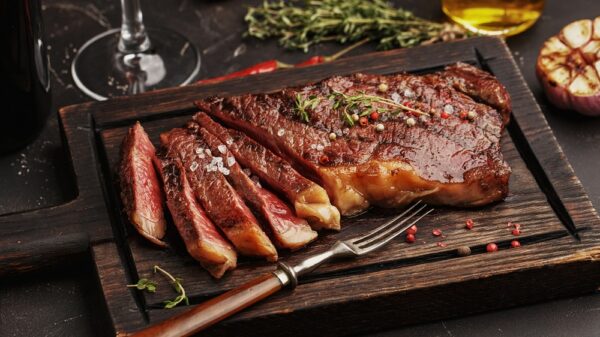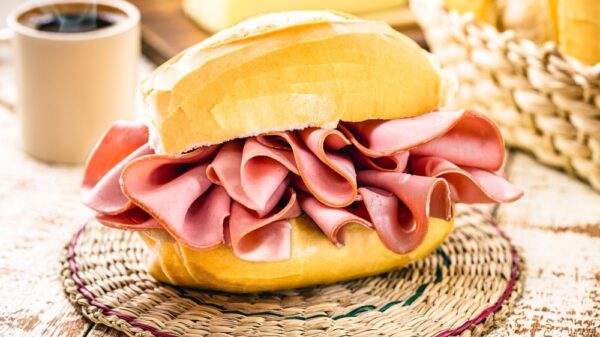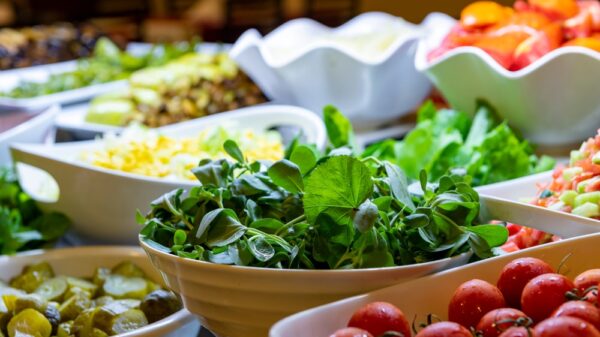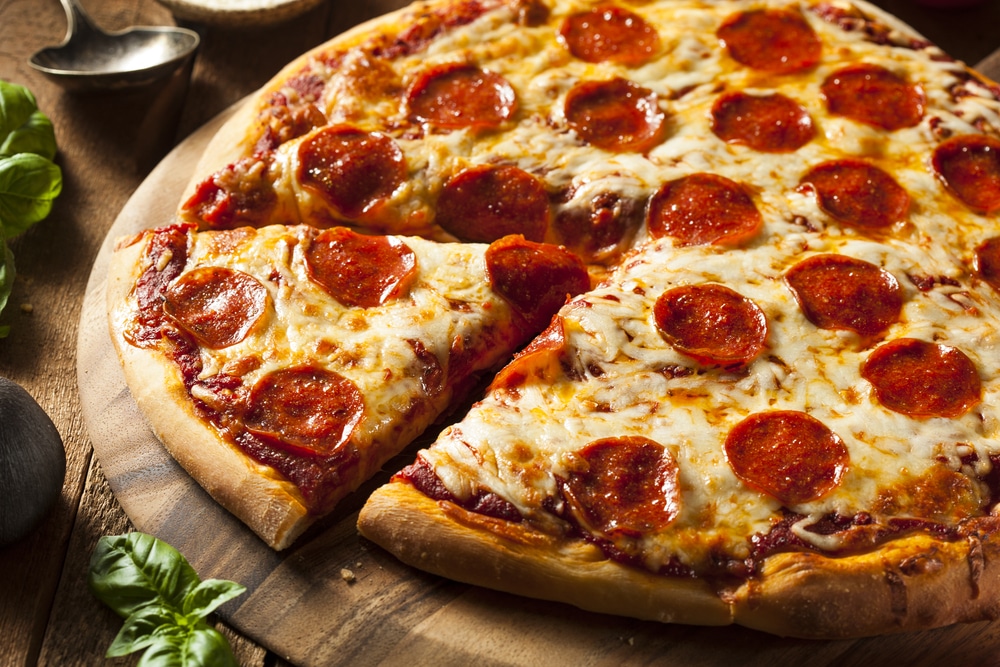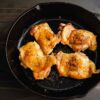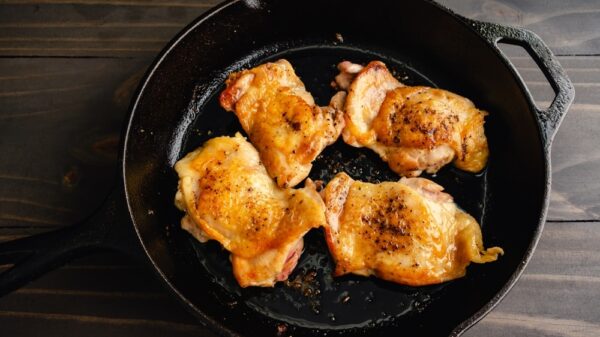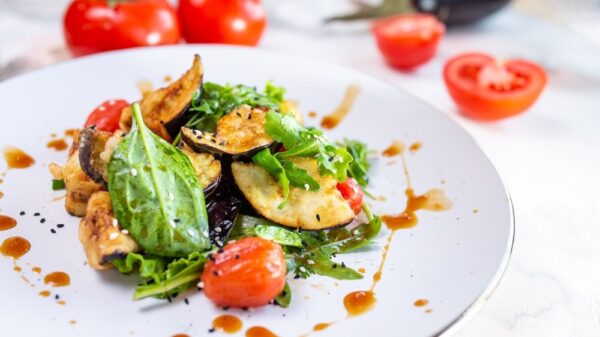When you think about pizza, it’s easy for the crust to get a bit overshadowed by all the vibrant toppings and rich sauces that crown it. But if you’ve ever bitten into a pizza with a crust that’s tough or overly chewy, you know just how essential that foundation really is. A great crust should strike that perfect balance between crunchy and soft, enhancing every slice with a delightful texture. So where do things often go awry? To help us peel back the layers of this culinary mystery, we spoke with Nicole Bean, the passionate owner of Pizaro’s Pizza Napoletana, a beloved family-run pizzeria nestled in Houston, Texas. With years of hands-on pizza-making experience, Nicole shared some common pitfalls that can turn your crust from desirable to downright disappointing.
One of the leading culprits? Overworking the dough. We all harbor dreams of crafting the ultimate homemade pizza, but if you knead the dough too rigorously, you’ll end up with a tough crust instead of the light, airy delight you’re aiming for. As Nicole points out, “The key with pizza dough is patience. You need to give the yeast time to work its magic, and your kneading technique is essential, too.” When you over-knead, you end up enhancing the gluten more than you want to, creating a chewy texture rather than the desired tenderness. So what’s the magic number? Nicole recommends gently hand-kneading your dough for about 10 minutes, then letting it rest for 20 minutes before returning for a brief three-minute knead. This resting period is vital—it allows the gluten to relax, resulting in a crust that’s a joy to chew.
Next on the list is hydration—think of your dough’s best friend. Nicole explains that inadequate moisture can make your crust a dry, unyielding entity. Without enough water, your dough won’t develop the steam needed during baking for that light, fluffy texture we all crave. A simple rule of thumb is to add at least 1 cup of water for every 2 cups of flour, but remember that precision is key here.
If you feel stuck or are not quite nailing that texture, consider diving into bakers’ percentages—an incredibly useful method for refining your pizza dough recipe. It’s pretty straightforward: take the weight of the water, divide it by the weight of the flour, and multiply the result by 100 to find the percentage. For instance, if you’re using 750 grams of water and 1,000 grams of flour, you have a baker’s percentage of 75%. For pizza, target at least 65% hydration to help ensure your crust doesn’t get too tough. Additionally, a dash of honey whisked into your dough can help lock in moisture, keeping your crust nicely pliable.
At the end of the day, creating a fantastic pizza crust is all about finding the sweet spot between technique and quality ingredients. With these insightful tips from Nicole, you’re set to whip up a pie that not only looks incredible but also bursts with flavor and texture. You deserve a pizza that sings on your palate—so don your apron, get to experimenting, and savor the journey! Your taste buds (and your friends and family) will be grateful for the delicious results!

